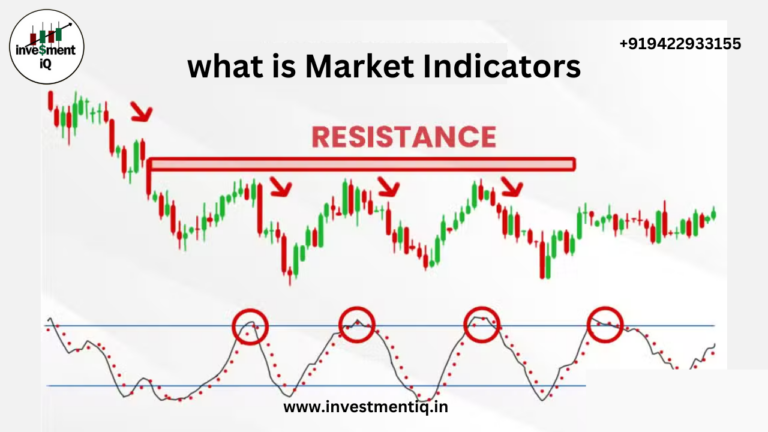Introduction
Investing in gold has long been considered a valuable asset, often seen as a safe haven during times of economic uncertainty. Whether you’re looking to diversify your investment portfolio or hedge against inflation, gold can be a prudent choice. This guide will delve into the various ways you can invest in gold, the benefits and risks associated with it, and strategies to maximize your returns.
Section1: Understanding Gold as an Investment
- Why Invest in Gold?
- Historical Value and Stability: Gold has been a store of value for centuries and tends to hold its value over time, making it a reliable investment.
- Hedge Against Inflation: Gold often appreciates as the value of paper currency declines, protecting your purchasing power.
- Diversification: Adding gold to your portfolio can reduce overall risk due to its low correlation with other asset classes.
- Types of Gold Investments
- Physical Gold: Includes gold bars, coins, and jewelry. These can be purchased from dealers and stored securely.
- Gold ETFs and Mutual Funds: Provide exposure to gold without the need to physically own it. These funds invest in gold bullion or gold-related assets.
- Gold Mining Stocks: Investing in companies that mine and produce gold. These stocks can offer leveraged exposure to gold prices.
- Gold Futures and Options: Financial derivatives that allow you to speculate on the future price of gold. These are more complex and suitable for experienced investors.
Sec 2: Benefits of Investing in Gold
- Liquidity: Gold is a highly liquid asset. It can be easily bought or sold in various markets around the world.
- Tangible Asset: Physical gold is a tangible asset that you can hold, which provides a sense of security.
- Portfolio Protection: During market downturns, gold typically performs well, providing a buffer against losses in other investments.
Section3: Risks and Considerations
- Storage and Insurance Costs: Storing physical gold securely can incur additional costs, and insurance is recommended to protect against theft or loss.
- Market Volatility: While gold is generally stable, it can still experience price fluctuations based on market conditions and geopolitical events.
- No Yield or Dividends: Unlike stocks or bonds, gold does not generate income through interest or dividends.
Section4: How to Start Investing in Gold
- Determine Your Investment Goals: Decide whether you want to invest in gold for short-term gains or long-term stability.
- Choose Your Investment Method: Based on your risk tolerance and investment goals, choose the most suitable form of gold investment (physical gold, ETFs, mining stocks, etc.).
- Research and Buy: Conduct thorough research on gold prices, market trends, and reputable dealers or brokers. Make your purchase through a trusted source.
- Secure Storage: If investing in physical gold, arrange for secure storage. Consider options like safety deposit boxes or professional vault services.
Section 5: Tips for Successful Gold Investing
- Stay Informed: Keep up with market trends, economic indicators, and geopolitical events that could impact gold prices.
- Diversify: Don’t put all your investment capital into gold. Diversify across different asset classes to mitigate risk.
- Regular Review: Periodically review your gold investments to ensure they align with your overall financial goals.
Conclusion
Investing in gold can be a valuable addition to your investment strategy, offering stability, protection, and diversification. By understanding the various ways to invest, the benefits and risks involved, and how to get started, you can make informed decisions that enhance your financial portfolio.
you may be interested in this blog here:-
Full Stack Development Salary in India – 2024 Trends and Insights
Salesforce Developer Salary in India An In-Depth Analysis




